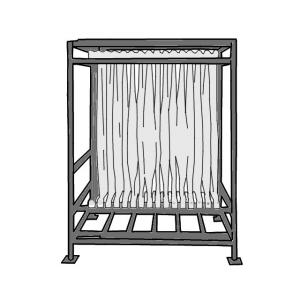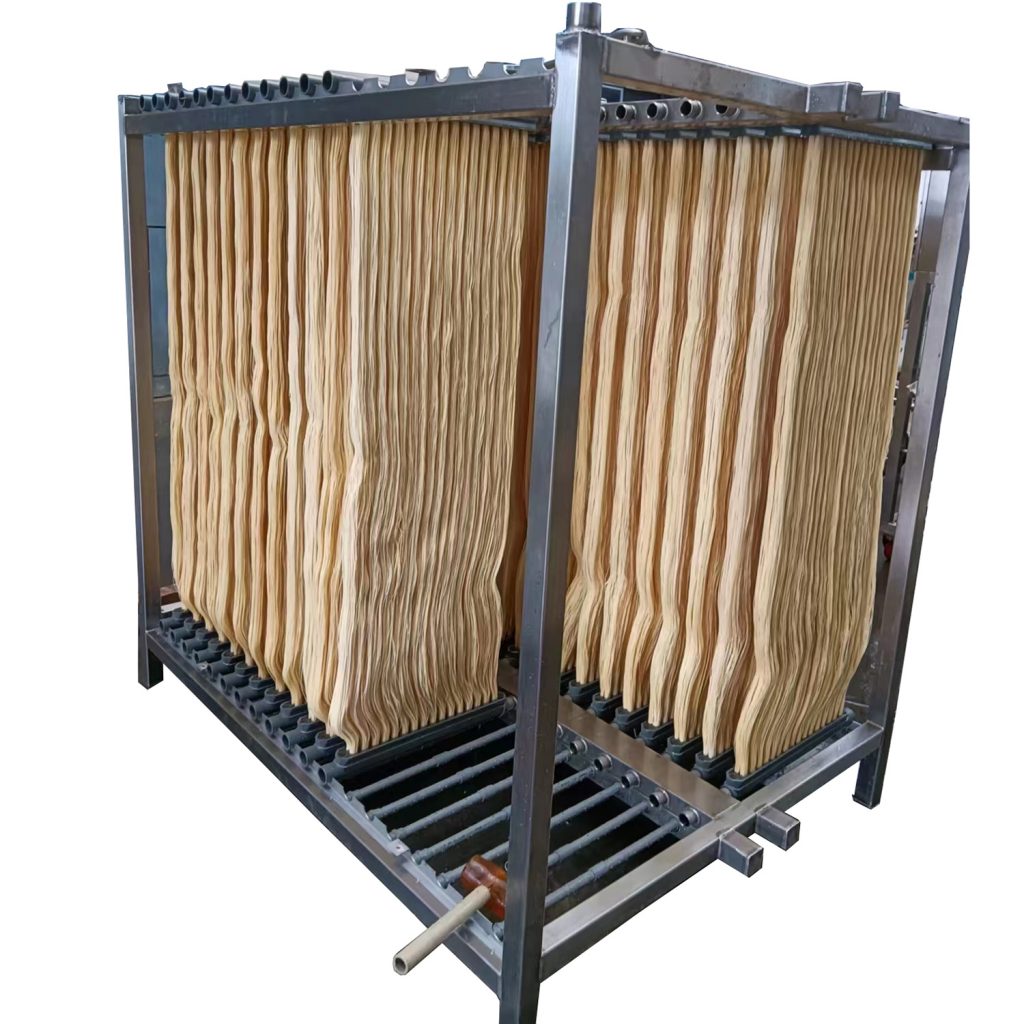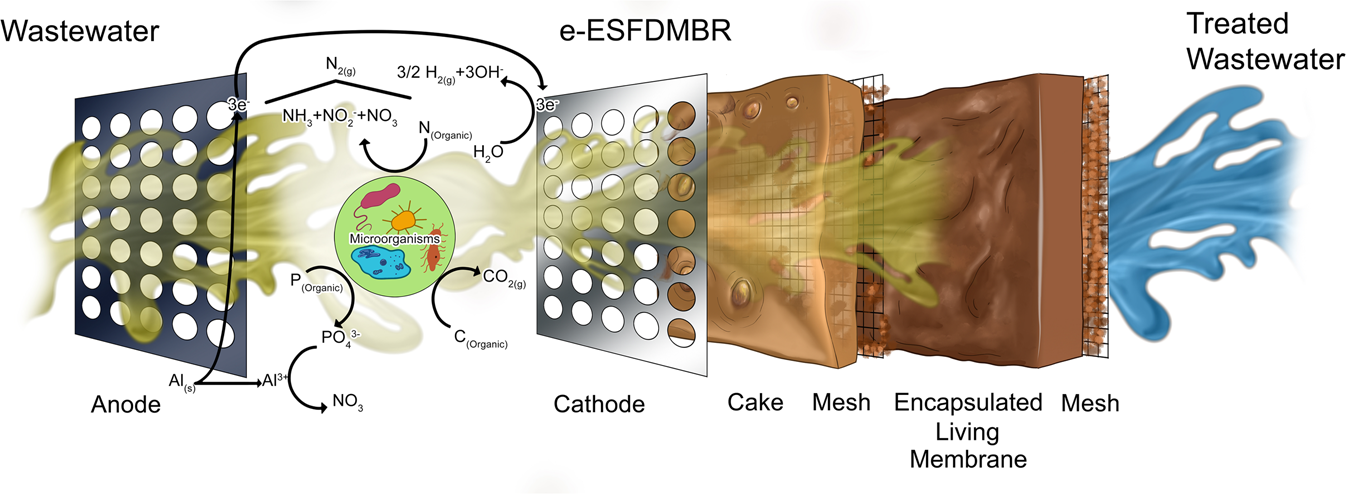Why Membrane Bioreactor Solutions Are Ideal for Sustainable Water Treatment
Why Membrane Bioreactor Solutions Are Ideal for Sustainable Water Treatment
Blog Article
Membrane Layer Bioreactors Explained: Reliable Solutions for Tidy Water
Membrane bioreactors (MBRs) have emerged as an innovative remedy for dealing with the pushing obstacles of wastewater treatment. By integrating biological procedures with advanced membrane layer filtration, MBRs not just improve the top quality of treated water yet also lower the spatial needs of therapy facilities. As environmental issues magnify, the role of MBR technology in promoting lasting water administration ends up being significantly significant. The intricacies of their operation, advantages, and possible applications merit a closer examination to totally comprehend their impact on the future of water therapy.

What Are Membrane Bioreactors?
Membrane layer bioreactors (MBRs) are sophisticated wastewater therapy systems that incorporate organic destruction procedures with membrane filtering innovation. This combination enables the effective elimination of impurities from water, making MBRs a favored choice in various applications, consisting of local wastewater treatment and commercial effluent management.

Among the critical benefits of MBRs is their capacity to create top quality effluent, commonly appropriate for reuse in irrigation or commercial procedures. In addition, MBRs call for a smaller sized footprint compared to conventional treatment systems, making them excellent for urban setups where room may be restricted.
Additionally, MBRs can efficiently handle differing influent lots and are less susceptible to the effects of hazardous shocks. These attributes contribute to their expanding popularity as a lasting option for resolving the increasing demand for clean water while lessening environmental effects.
How Membrane Layer Bioreactors Job
While the operation of membrane bioreactors (MBRs) might appear complex, it essentially focuses on the synergy in between biological processes and membrane layer purification. MBRs integrate an organic treatment process, usually activated sludge, with a membrane splitting up system to deal with wastewater efficiently.
In an MBR system, wastewater is first presented right into a bioreactor where microorganisms break down natural matter and other pollutants. The organic task reduces the concentration of contaminants while advertising the development of biomass. Following this organic treatment, the combined liquor goes through membrane layer filtering, which can be microfiltration or ultrafiltration, depending on the wanted effluent quality.
The membrane layers act as a physical barrier, permitting water and small solutes to pass while maintaining suspended solids and larger particles. This enables the system to maintain a high concentration of biomass within the activator, improving the therapy effectiveness.
Additionally, the constant splitting up of cured water from the biomass assists in a compact style and minimizes the impact of the therapy center. Overall, the combination of organic degradation and membrane layer filtering in MBRs leads to efficient and reputable wastewater therapy, ensuring high-grade effluent appropriate for various applications.
Benefits of MBR Technology
One of the key advantages of membrane layer bioreactor (MBR) innovation is its ability to produce top notch effluent with a dramatically lowered impact contrasted to traditional over at this website wastewater treatment methods. MBR systems efficiently integrate organic therapy and membrane layer filtration, resulting in premium removal of pollutants, consisting of put on hold solids, microorganisms, and raw material. This capacity causes effluent that typically meets or exceeds rigorous regulatory standards for reuse and discharge.
Additionally, MBR modern technology permits higher biomass focus, which boosts the treatment efficiency and minimizes the called for reactor volume. This compact style is especially helpful in city locations where room is limited. The operational adaptability of MBR systems likewise means they can adjust to differing influent high qualities and flow prices, making them suitable for a vast array of applications.
Additionally, the minimized sludge production connected with MBR procedures adds to reduce operational and upkeep costs. The membranes function as a physical barrier, decreasing the threat of obstructing and making it possible for longer operational durations between cleansing. Generally, the advantages of MBR modern technology make it an attractive remedy for lasting wastewater treatment, attending to both environmental worries and the demand for efficient source administration.
Applications of Membrane Bioreactors
With their convenience and efficiency, membrane bioreactors (MBRs) find applications throughout various sectors, consisting of local wastewater therapy, commercial processes, and even water reclamation. In local settings, MBRs provide a small solution for dealing with wastewater, properly getting rid of contaminants while concurrently creating high-grade effluent that satisfies rigorous regulative criteria. This makes them specifically ideal for areas with limited area.
In industrial applications, MBR innovation is made use of for treating procedure water, particularly in sectors such as food and beverage, drugs, and petrochemicals. These sectors gain from MBRs' capability to handle high organic lots and their effectiveness in recouping important sources from wastewater, such as nutrients and water.
In addition, MBRs play an essential duty in water recovery efforts, making it possible for the reuse of treated wastewater for watering, commercial procedures, or perhaps as drinkable water her explanation after more therapy (Membrane Bioreactor). Their efficiency in getting rid of contaminants and pathogens makes them a reliable selection for making sure water top quality in different reuse applications
Future of Water Therapy Solutions
The future of water treatment options is poised for transformative improvements driven by technical technology and boosting environmental understanding. As international water scarcity ends up being a pushing problem, brand-new techniques, consisting this website of membrane bioreactor (MBR) systems, are readied to play a crucial function in improving the performance and sustainability of water treatment processes.
Arising modern technologies such as artificial knowledge and maker discovering are anticipated to enhance therapy procedures, permitting real-time surveillance and anticipating upkeep. This will enhance the overall reliability and efficiency of water therapy centers. Additionally, innovations in membrane products, such as graphene and nanofiltration, promise to raise permeation prices and reduce fouling, resulting in lower power usage and functional prices.
Furthermore, the assimilation of renewable resource resources into water therapy plants will certainly add to greener techniques. The circular economic situation model will also acquire traction, motivating the healing of important sources from wastewater, such as nutrients and power.
Final Thought

Membrane bioreactors (MBRs) have arised as a sophisticated remedy for attending to the pressing obstacles of wastewater treatment. By integrating organic procedures with sophisticated membrane filtration, MBRs not only enhance the high quality of cured water however likewise lower the spatial demands of therapy facilities.One of the vital benefits of membrane layer bioreactor (MBR) technology is its capacity to generate high-grade effluent with a substantially lowered footprint compared to standard wastewater therapy approaches.With their versatility and performance, membrane bioreactors (MBRs) locate applications across different industries, including municipal wastewater therapy, industrial procedures, and also water reclamation.In verdict, membrane layer bioreactors represent a considerable advancement in wastewater therapy innovation, incorporating biological processes with effective membrane filtration to generate premium effluent.
Report this page